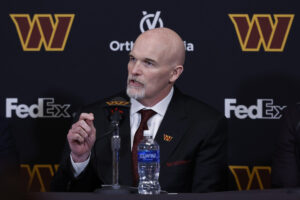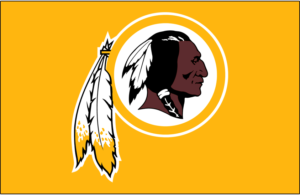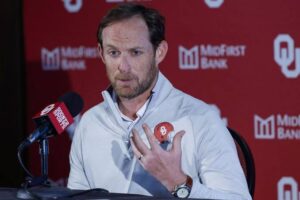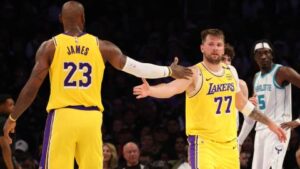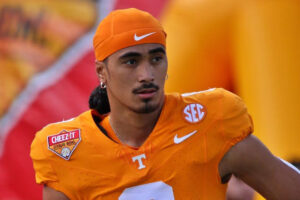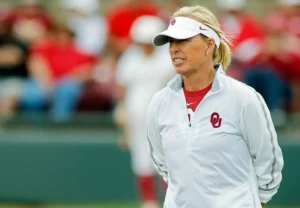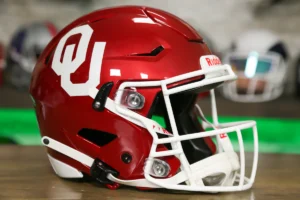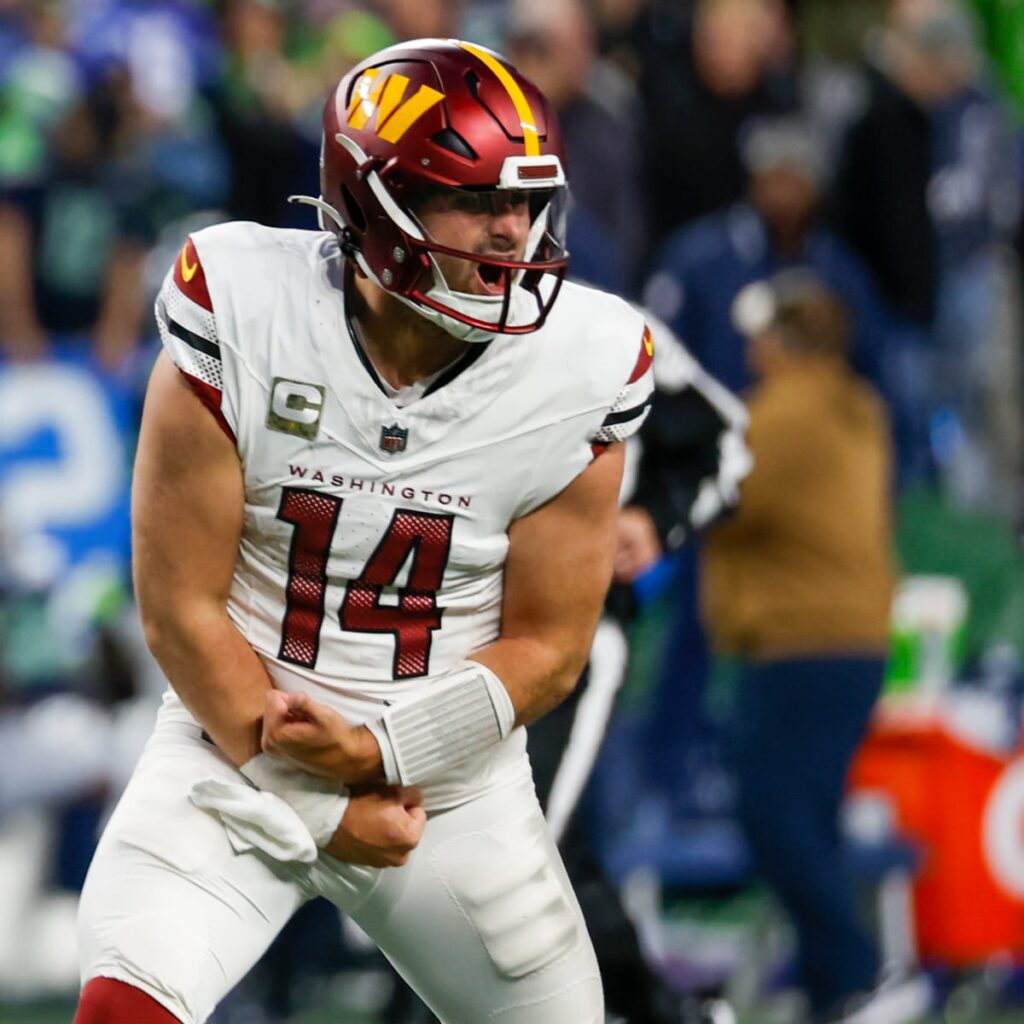
The expectation weighs heavily on Sam Howell with the Commanders poised for a high draft pick.
The biggest concern amid the Washington Commanders’ tumultuous season isn’t solely Ron Rivera’s shortcomings as a coach and team builder. Surprisingly, these could offer a glimmer of hope. The team’s five-game losing streak has given new owner Josh Harris and associates a clear vision to pursue fresh leadership, granting them an early advantage in securing individuals capable of steering sustained success. How delightful. Happy holidays!
However, as the Commanders trudge through the final three games of this lost season (Commanders-Jets on Christmas Eve, anyone?), the pivotal focus remains on determining whether Sam Howell can establish himself as the definitive starter for 2024 and beyond. This resolution could resolve multiple issues, yet as the threshold of 2024 looms, clarity on this matter seems uncertain, if not worse.
Harris’s forthcoming crucial decisions revolve around appointing a coach and personnel authority. The recommended approach here? It should involve two individuals, each handling a manageable role with a distinct mandate.
Once these positions are filled, their primary task — with the head of football operations influencing the coaching selection — will be to scrutinize Howell’s performances and make a decisive judgment. Whether they choose to move on from him or stand by his side, the correctness of this decision is paramount. The velocity of the team’s revival and their return to playoff contention hinge upon it.
Initially, I was supportive of Howell after his first ten games. In just over two months, he exhibited promising statistics: a 66.5% completion rate, an average of over seven yards per attempt and 278.3 yards per game, 17 touchdowns paired with nine interceptions, and an admirable resilience despite facing frequent sacks.
If this marked the starting point and signaled an upward trajectory, why not leverage an incumbent quarterback on a rookie deal to address other roster deficiencies with substantial draft resources? It seemed an enticing prospect.
However, as the season progressed, Howell not only failed to improve but regressed significantly. While occasional rough patches are expected, his recent performance feels more like a concerning downward trend.
Over the past four games, Howell’s numbers have dwindled across the board: a completion rate of 59.4%, 5.7 yards per attempt and 196.3 yards per game, two touchdowns with six interceptions, while enduring an average of three sacks per game. These declining figures, apparent even to the casual observer, present a worrisome scenario.
The uncertainty surrounding Howell’s future, entwined with the franchise’s three-decade-long quest for a stable quarterback, seems poised to hinge on his performance in the upcoming games against the Jets, Cowboys, and 49ers.
Do the Commanders still have faith in Sam Howell?
A revealing exercise lies in comparing statistics. The only unfamiliar metric, “passing success rate,” gauges the yardage required to achieve a first down based on game situations. Everything else should be self-explanatory.
Quarterback A: 64.7% completion, 6.7 yards per attempt, 254.9 yards per game, 3.6% touchdown rate, 2.8% interception rate, 43.3% passing success rate, 9.9% sack rate, 83.9 passer rating, 46.2 QBR.
Quarterback B: 65.0% completion, 6.9 yards per attempt, 213.7 yards per game, 4.0% touchdown rate, 3.0% interception rate, 44.9% passing success rate, 7.1% sack rate, 85.9 passer rating, 39.9 QBR.
Can you identify them?
Quarterback A represents Howell’s stats in his debut season as a starter.
Quarterback B, exhibiting slightly superior figures in most categories, is Taylor Heinicke in 2021 during his first season as a starter with Washington.
This comparison casts doubt on Howell’s potential. While Heinicke is perceived as a competent NFL quarterback capable of winning individual games, his weaknesses become evident over time. Is Howell destined for a similar trajectory?
Statistics, however, don’t capture the entire narrative. Heinicke had spent considerable time in NFL environments before earning his starting opportunity, while this marks Howell’s second year as a professional. Additionally, those who have observed both quarterbacks acknowledge Howell’s superior arm strength and potential for downfield plays, despite the scarcity of such occurrences this season. Notably, his three longest completions were passes to running backs, showcasing limitations in vertical passing.
The looming draft adds complexity to Washington’s situation. The team’s needs span various positions, notably left tackle, offensive linemen, pass rushers, defensive backs, and a game-changing tight end. Decisions on draft selections must be founded on meticulous analysis rather than emotional impulses.
Rivera’s initial draft choices, particularly sticking with an unproven quarterback like Dwayne Haskins in his debut, resulted in pivotal errors. This led to missed opportunities in acquiring potential franchise quarterbacks like Tua Tagovailoa and Justin Herbert in the 2020 draft, eventually impacting the team’s trajectory.
If the Commanders maintain their current draft position, potentially the fourth pick, securing top quarterback prospects like USC’s Caleb Williams and North Carolina’s Drake Maye might necessitate significant moves. With multiple roster needs, trading up in the draft raises questions about prudent resource allocation.
The team’s remaining three games might seem inconsequential due to the lost season, but they could fundamentally alter the franchise’s direction, especially at the pivotal quarterback position. Perhaps a future general manager has already formed an opinion on Howell’s suitability or inadequacy.
Clarity in this gray area would be invaluable. If ambiguity persists — and it certainly feels pervasive — these final three weeks will be pivotal. The onus is on you, Sam.
